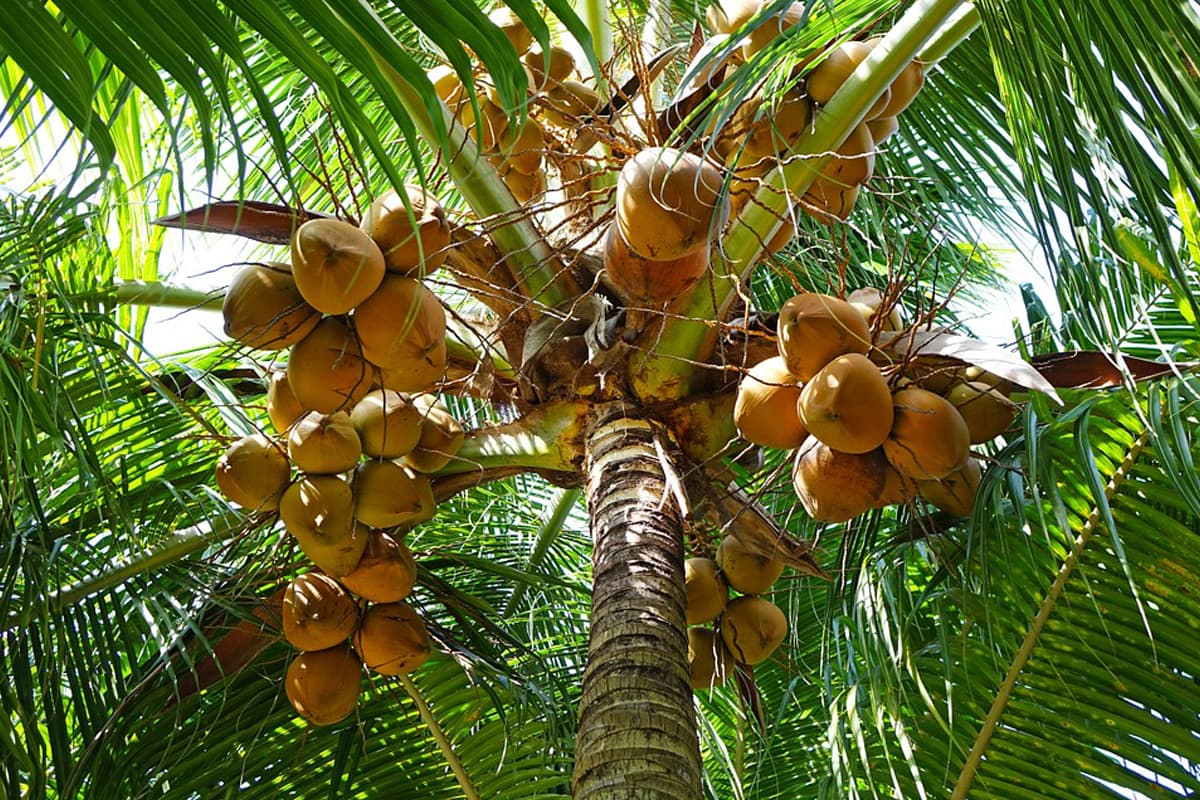What is monoi really made of?
Originating from Polynesian culture, monoï is a natural and very healthy product. But there may be a few harmful substances lurking in it for the unwary eye... Explanations.
What are the different substances contained in monoï?
Monoï is a 100% vegetable and 100% natural oil. It is supposed to contain only copra oil (or coconut oil, if you're lucky), listed under the name Cocos Nucifera, and tiare flowers from the Gardenia taitensis shrub. Monoi contains tocopherol, a natural antioxidant. Apart from that, no other additives, fragrances, stabilizers, preservatives or other substances are contained in Tahitian monoi oil.
This original recipe guarantees a pure oil, according to the original recipe of the Tahitian mamas. The product has been protected by an appellation d'origine since 1992. In fact, monoi has been copied many times over for sale on various world markets. But in the face of this threat, and a product that is ultimately fraudulent, the appellation d'origine has set the record straight for consumers.
It's worth remembering that there's no such thing as organic monoi. In fact, since the copra oil used is refined, the specifications for certification are not met. That said, some monoï bearing the name " monoï de Tahiti "are certified organic. The reason is simple: they contain monoi oil mixed with another vegetable oil, itself organic. The finished product then contains the minimum required amount of non-organic products, and can therefore be certified. This is not traditional Polynesian monoï.

Derivatives of monoï
Much sought-after for its benefits and subtle fragrance, monoï has fallen victim to counterfeiting. This is why it is now protected. Especially since some manufacturers have not hesitated to completely alter the original composition to mislead consumers. Some of the products on offer are fake, of inferior quality and just as expensive.
For example, some monoï are made with synthetic oils, such as liquid kerosene (derived from petroleum) or isopropyl palmitate (derived from palm oil). Some brands enhance their "monoï" with various fragrances, probably synthetic too.
It is therefore essential to check the ingredients of monoï before buying it. Consumers should also be reassured by the designation of origin. A product called "Monoï de Tahiti" may be a counterfeit, or a totally different product from the original formulation.
Monoï, a healthy product ideal for the whole family
The ingredients in monoï oil are not only natural, but also very healthy. In other words, they are neither allergenic nor harmful to the skin. However, contrary to popular belief, this oil has no protection against UVA and UVB rays. It is very beneficial before exposure to prepare the skin and afterwards to moisturize the epidermis, but certainly not during!
Monoï is ideal for all skin types, even babies. It easily replaces sweet almond oil, which can be allergenic. In other words, it's perfectly possible to coat baby with your own monoï, if and only if it's original, i.e. certified with the appellation d'origine. And there's no risk either if it's ingested! It's also a great oil for moisturizing and protecting tattoos from sun, wind and salt, as Tahitians do all year round.

 en
en 





